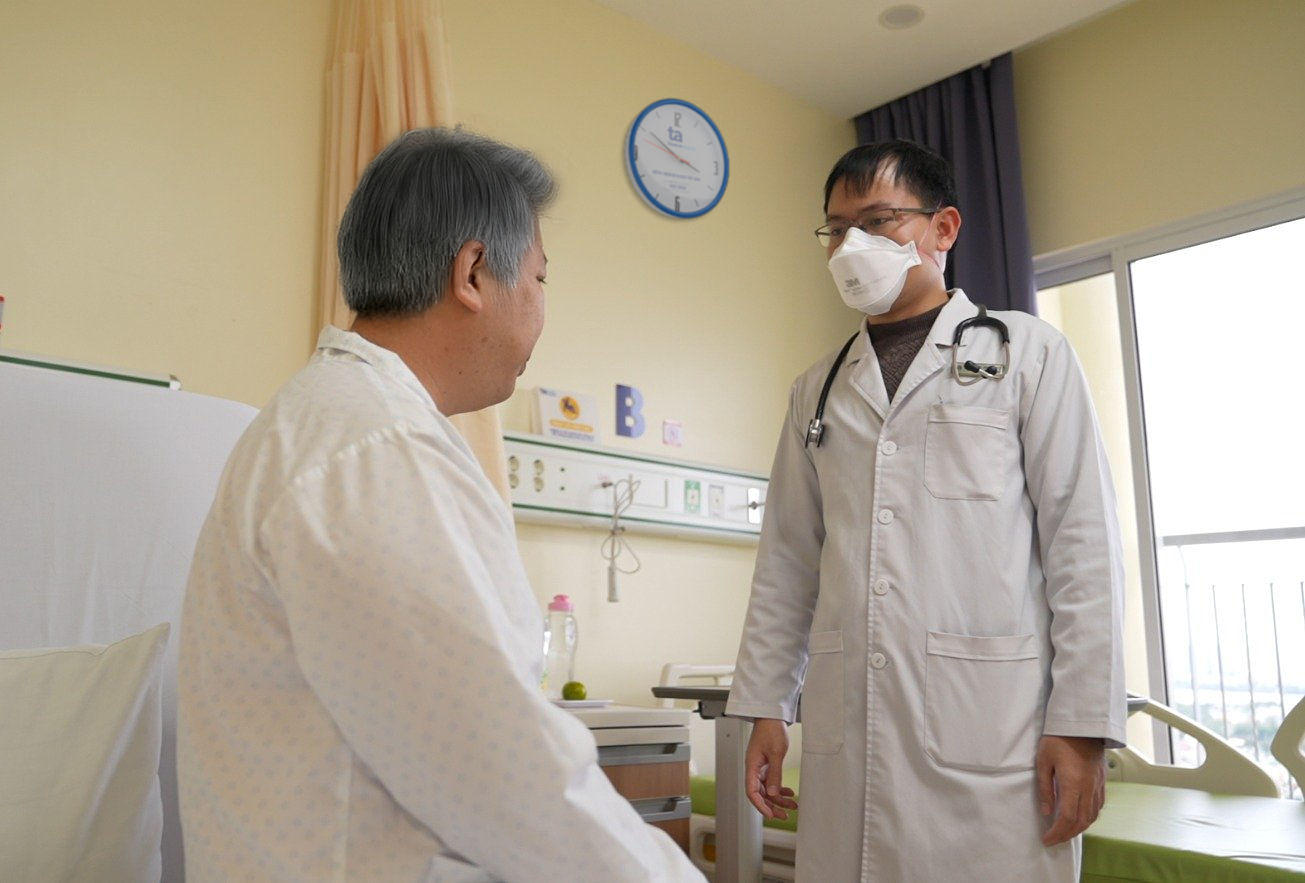Mr. Hung, with a history of pleural tuberculosis treated eight months prior, developed a high fever, fatigue, headaches, and occasional coughing during a trip to Hanoi. Suspecting a recurrence of pneumonia, he sought treatment at Tam Anh General Hospital in Hanoi. A chest X-ray revealed opaque masses in both his left and right lungs, and his blood oxygen saturation (SpO2) measured 94% (normal levels are above 95%), indicating respiratory distress. Doctors administered antibiotics and medication to alleviate his fever and stabilize his breathing.
Doctor Dang Thanh Do, from the Department of Respiratory Medicine at Tam Anh General Hospital in Hanoi, stated that subsequent blood cultures confirmed Mr. Hung was infected with Burkholderia pseudomallei, known as the "flesh-eating bacteria" that causes Whitmore's disease. The mortality rate for Whitmore's disease is estimated at 40-60%, with the blood infection type, like Mr. Hung's, being more severe and life-threatening. This bacteria exhibits high antibiotic resistance, making treatment challenging and relapse likely. Therefore, an antibiogram was performed to assess the bacteria's susceptibility to available antibiotics.
Mr. Hung received high-dose intravenous antibiotics for three weeks to combat the acute infection and control the septicemia. He responded well to the treatment, his fever subsided, and he continued outpatient treatment with oral antibiotics for the following three months. Currently, his health is stable.
 |
Doctor Do examines and consults with an inpatient. Photo: Tam Anh Hospital |
Doctor Do examines and consults with an inpatient. Photo: Tam Anh Hospital
Burkholderia pseudomallei can manifest in various clinical forms upon entering the body. Symptoms of Whitmore’s disease include high fever, respiratory distress, low blood pressure, joint inflammation, and necrotizing ulcers on one or more areas of the skin. According to Doctor Do, in Mr. Hung’s case, the symptoms of Whitmore's disease were easily mistaken for common pneumonia, delaying diagnosis. Some individuals with Whitmore’s disease also develop lung abscesses and pleural effusions, similar to tuberculosis or suppurative pneumonia.
Whitmore's disease is primarily concentrated in Northern Australia and Southeast Asia, including Thailand, Singapore, Malaysia, Indonesia, and Vietnam. It's most prevalent in men aged 40-60, less common in children, and occurs more frequently during the rainy season. Currently, there's no vaccine for Whitmore's disease. The primary preventive measure is to avoid direct contact with contaminated soil and water sources by using protective gear like gloves and boots. Individuals with open wounds should avoid contact with soil or unclean water until fully healed. It's crucial to avoid consuming unprocessed food or water that may be contaminated. When outdoors, wearing a mask to protect the respiratory tract is recommended.
Khue Lam
*The patient's name has been changed.
| Readers can submit questions about respiratory illnesses here for doctors to answer. |












